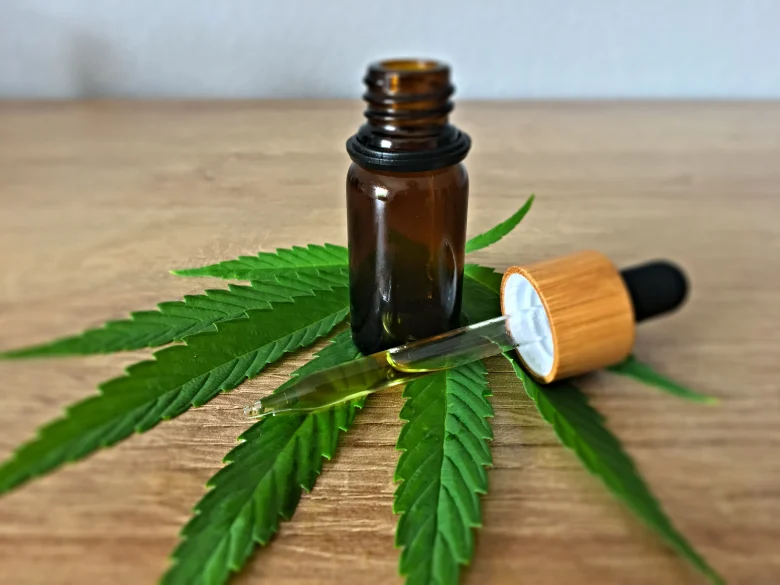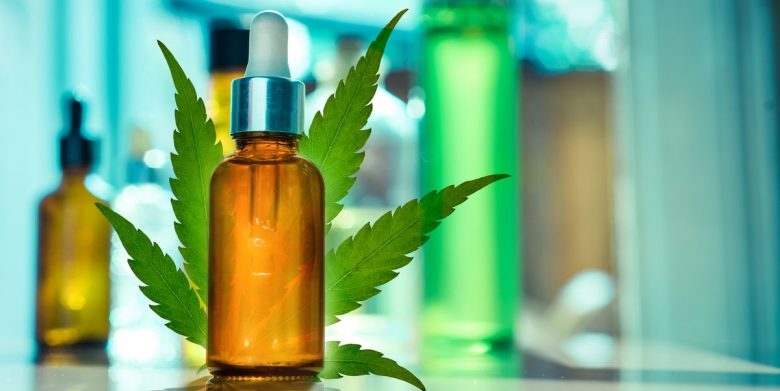Chronic pain afflicts millions of people in the U.S., a condition that arises from different causes. Pain-relieving medications help patients manage the discomfort for healthier lives. However, pain pills can be addictive. THC has been around longer, but CBD is catching up in popularity. Today, the wellness market has a wide range of CBD and THC products to consider using. Pain relief is one of the reasons why people are using CBD and THC, although more research into the cannabinoids is necessary, whether you should use THC or CBD for chronic pain relief still remains a question. Below is a guide on the two cannabinoids to help you decide which product to utilize.
Contents
How THC May Offer Pain Relief
THC is the short form of tetrahydrocannabinol, the cannabinoid that makes people high. However, research has shown THC to have properties that may help alleviate conditions such as chronic pain. THC works by interacting directly with endocannabinoid receptors in the body. The endocannabinoid system regulates functions such as pain, mood, sleep, and appetite to ensure balance. THC activates nerve cells’ receptors to help reduce the sensation of pain. Besides, the ‘high’ effect that THC causes, it affects how the body perceives pain. The euphoria it provides distracts you from the pain you are feeling in your body. It helps you cope with the aches to give you a few hours of comfort.
How CBD May Help Manage Pain

Source: forbes.com
CBD stands for cannabidiol, a cannabinoid that does not make users high. However, like THC, it may alleviate various symptoms, including chronic pain, to support overall wellbeing. CBD works by stimulating the endocannabinoid receptors in the body. It enhances the endocannabinoid system’s performance in regulating pain without causing a high. CBD does not bind directly to endocannabinoid receptors like THC. Preliminary studies show that CBD has analgesic (pain-relieving) and anti-inflammatory properties. It may relieve aches and inflammation to support wellness.
CBD and THC: Side Effects
Many users tolerate CBD and do not have any problems when using it. Besides, CBD is relatively safe and does not cause dependency. However, CBD has a few rare side effects. They include drowsiness, fatigue, diarrhea, nausea, and changes in weight and appetite. The effects are likely to occur if used in high doses.
On the other hand, THC’s side effects include dry mouth, sleepiness, red eyes, increased heart rate, short-term memory loss, hallucination, coordination problems, and anxiety. High doses of THC can also cause sedation and drowsiness. CBD counteracts THC’s psychoactive effects that make users high. The market has products that contain both THC and CBD if you want to harness the benefits of both cannabinoids.
CBD vs. THC: Legal Concerns

Source: observer.com
CBD and THC differ in legality. CBD is legal at the federal level, according to the 2018 Farm Bill that was signed into law. CBD products have been legalized in many states, and some are yet to do so. On the other hand, THC is illegal federally but legal in some states. Therefore, before using THC or CBD for chronic pain relief, ensure you check the regulations in your area. You can buy CBD and THC online and from physical stores. However, the online platform provides a variety of brands to choose from, and researching products is easier.
Which Is Better for Chronic Pain Relief: CBD or THC?
Choosing between CBD vs THC for chronic pain relief depends on your preference. Both cannabinoids alleviate discomfort to foster wellness. If you want to ease aches without experiencing a high, use CBD for pain relief. When you do not mind having a little euphoria, then you can use THC for pain relief. Moreover, combining CBD and THC may work better for chronic pain. THC provides a high, while CBD has anti-inflammatory and analgesic properties that enhance the pain relief your body gets. Brands sell products with CBD and THC in different ratios if you want to use both cannabinoids for pain.
That being said, the Miami Herald cites a government-supported review of cannabis studies that established THC could be more effective for chronic pain than CBD. The review looked into 25 studies that involved 15,000 participants. Products with a higher THC to CBD ratio may be more useful for pain, causing moderate improvement in pain. Nevertheless, more research is needed into CBD and THC for pain relief, although the latter has been studied more.
Types of CBD Products for Pain Relief

Source: netdoctor.co.uk
You can use CBD for pain in many different ways by utilizing products such as CBD oil, topicals, capsules etc. Different CBD products may offer pain relief. According to dmagazine.com, CBD oil works on back and nerve pain by interacting with the body’s endocannabinoid system. This is one of the fastest ways to get CBD into your body. Apply a few drops of CBD oil under your tongue and wait 30-60 seconds before swallowing the remaining oil. The formulation targets pain from inside the body, reaching different parts. Buying the oil from a good source ensures effectiveness of CBD and improves the chances of getting the pain relief you need.
If you have sore muscles or joint pain, you should use CBD topicals such as cream or salve. They provide pain relief to the affected parts of the body only, enhancing CBD’s effectiveness. You can also use CBD capsules to manage chronic pain. However, they have a lower bioavailability as they go through the gut. Brands also offer CBD gummies, which are a delicious way to consume CBD.
The best CBD products are made from organic hemp, which is free of chemicals such as pesticides, fertilizers, and herbicides. The manufacturer utilizes the solvent-free CO2 method to derive CBD from hemp plants. The process ensures companies make clean, safe CBD formulations. Quality CBD products also undergo third-party testing to check for cannabinoid composition and contaminants such as microbials, pesticides, heavy metals, fertilizers, and solvents. The lab report should also be easily accessible on a brand’s website to ensure customers know the components they use.
The Bottom Line
THC and CBD may alleviate chronic pain. They have properties that can help ease the discomfort. Anecdotal research shows that combining CBD and THC may work better for pain. However, you can use CBD or THC for pain relief, depending on your preference. Ensure you check the cannabinoid regulations of your area before using CBD or THC to be on the safe side of the law.
